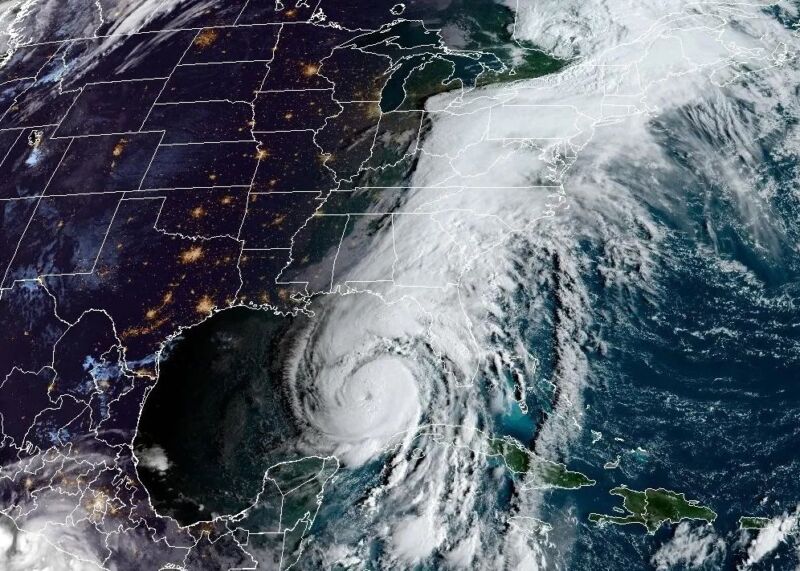Enlarge / Hurricane Helene transported moisture from both the Gulf and Atlantic into the southeastern United States. (credit: NOAA)
As of Monday morning, if one wanted to grasp the historic nature of flooding from the remnants of Hurricane Helene in western parts of North Carolina and the surrounding areas, the logical place to begin is at the National Climatic Data Center.
This federal office maintains the world’s largest climate data archive and provides historical perspective to put present-day weather conditions and natural disasters into context in a warming world due to climate change.
Unfortunately, the National Climatic Data Center is based in Asheville, North Carolina. As I write this, the center’s website remains offline. That’s because Asheville, a city in North Carolina’s Blue Ridge Mountains, is the epicenter of catastrophic flooding from Hurricane Helene that has played out over the last week. The climate data facility is inoperable because water and electricity services in the region have entirely broken down due to flooding.
Read 10 remaining paragraphs | Comments

